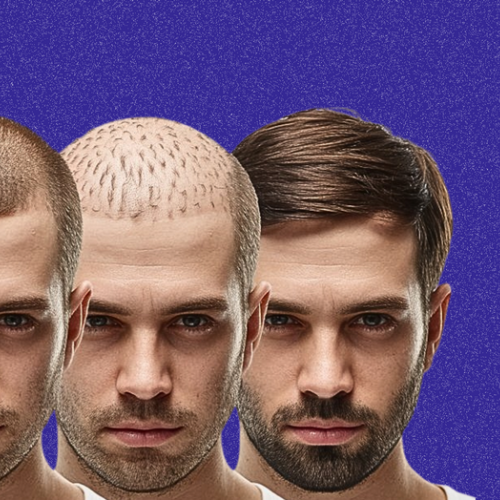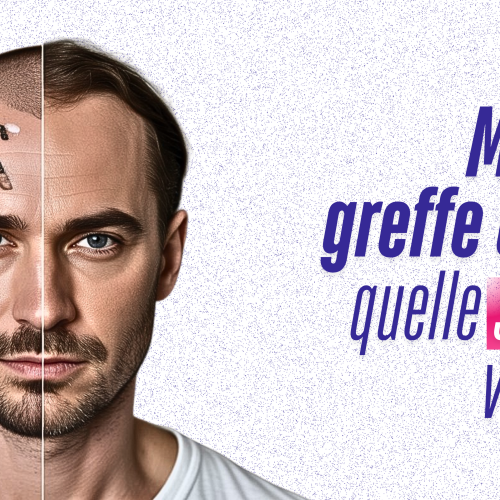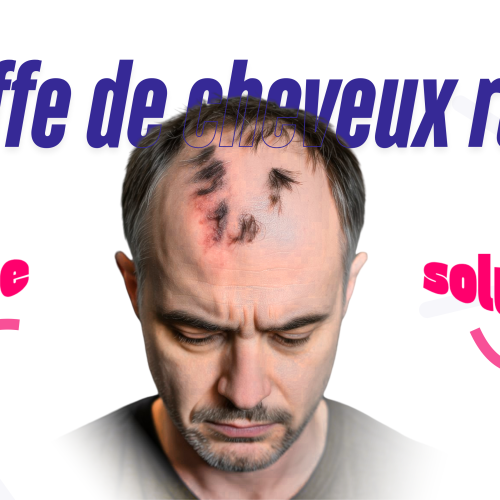
Failed Hair Transplant: Causes, Solutions, and Tips for Successful Correction
Hair transplant is an effective solution against baldness, but what if the result doesn't meet expectations? A failed transplant can lead to frustration or even anxiety. Fortunately, there are solutions to fix poorly performed implants, improve density, or regain a natural look. In this article, we will explore how to identify a failed hair transplant, the possible causes, and the available solutions.
How to recognize a failed hair transplant?
A hair transplant may be considered unsuccessful in the following cases:
Irregularly implanted hair:
An unnatural look with poorly directed or unevenly distributed hair.
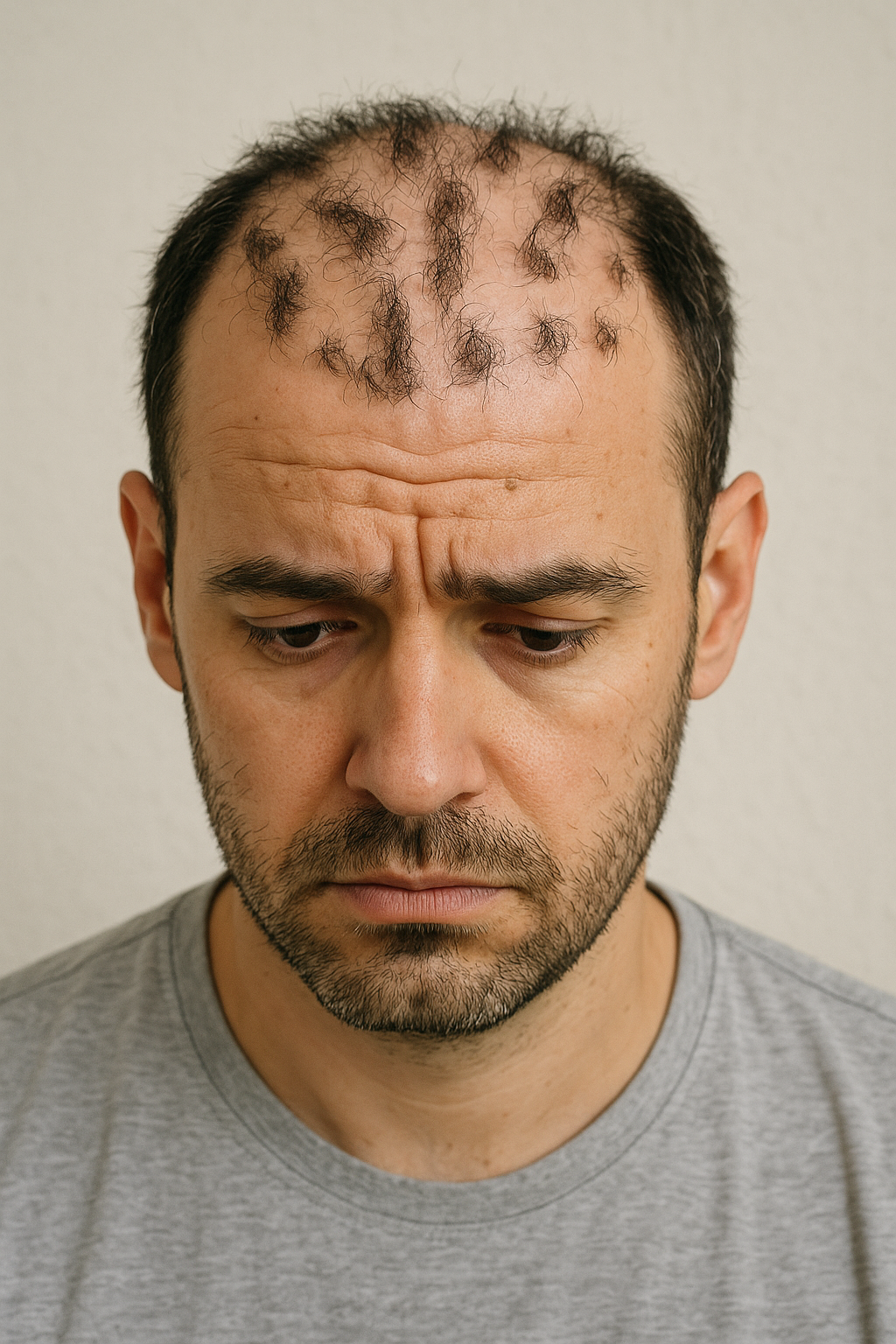
Insufficient density:
Too few grafts implanted, resulting in a sparse appearance.
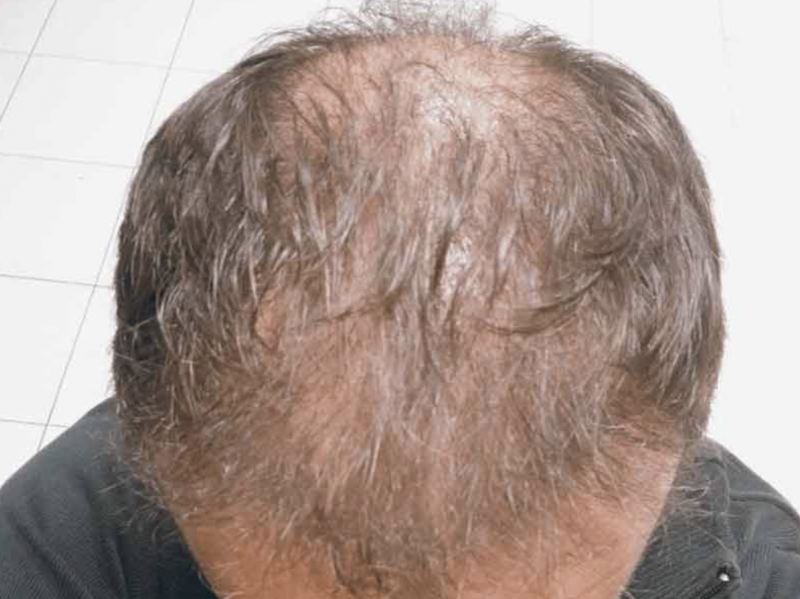
Visible scarring:
Especially with FUT technique if the strip has not healed properly.
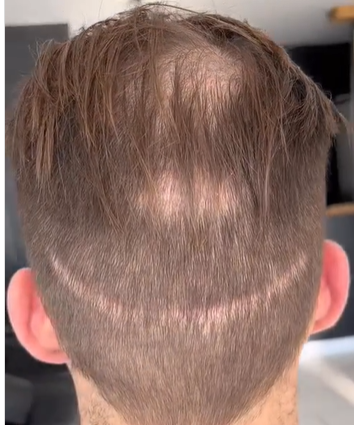
Infections or post-op complications:
Signs of poor medical management.
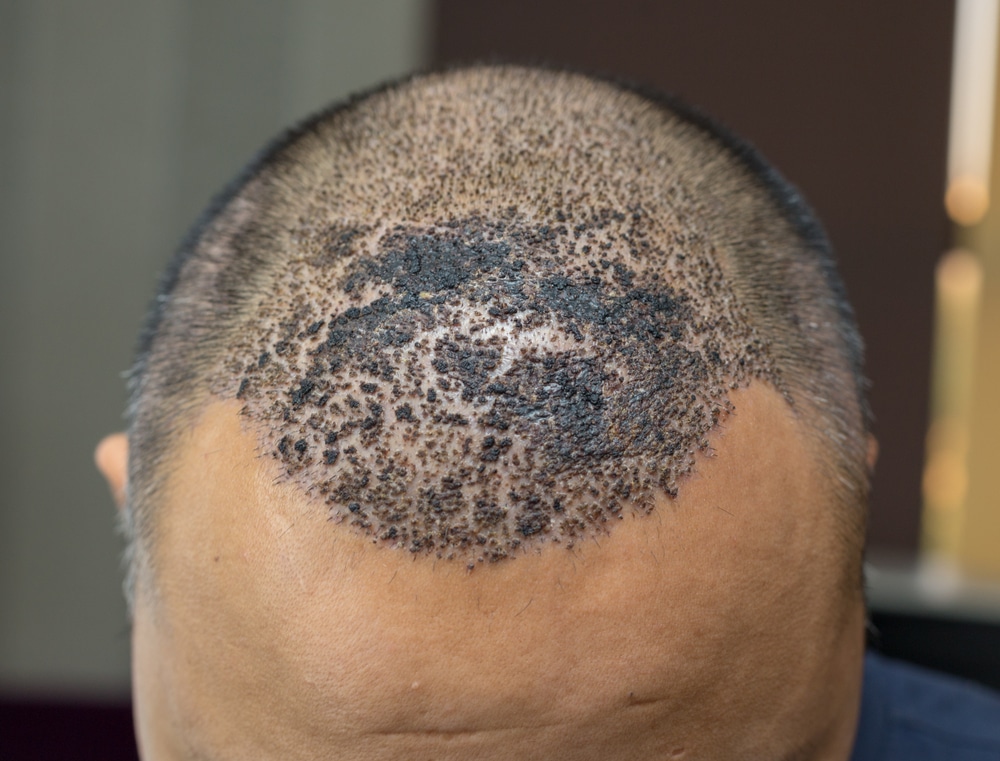
No regrowth after several months:
If the follicles did not survive the transplant.

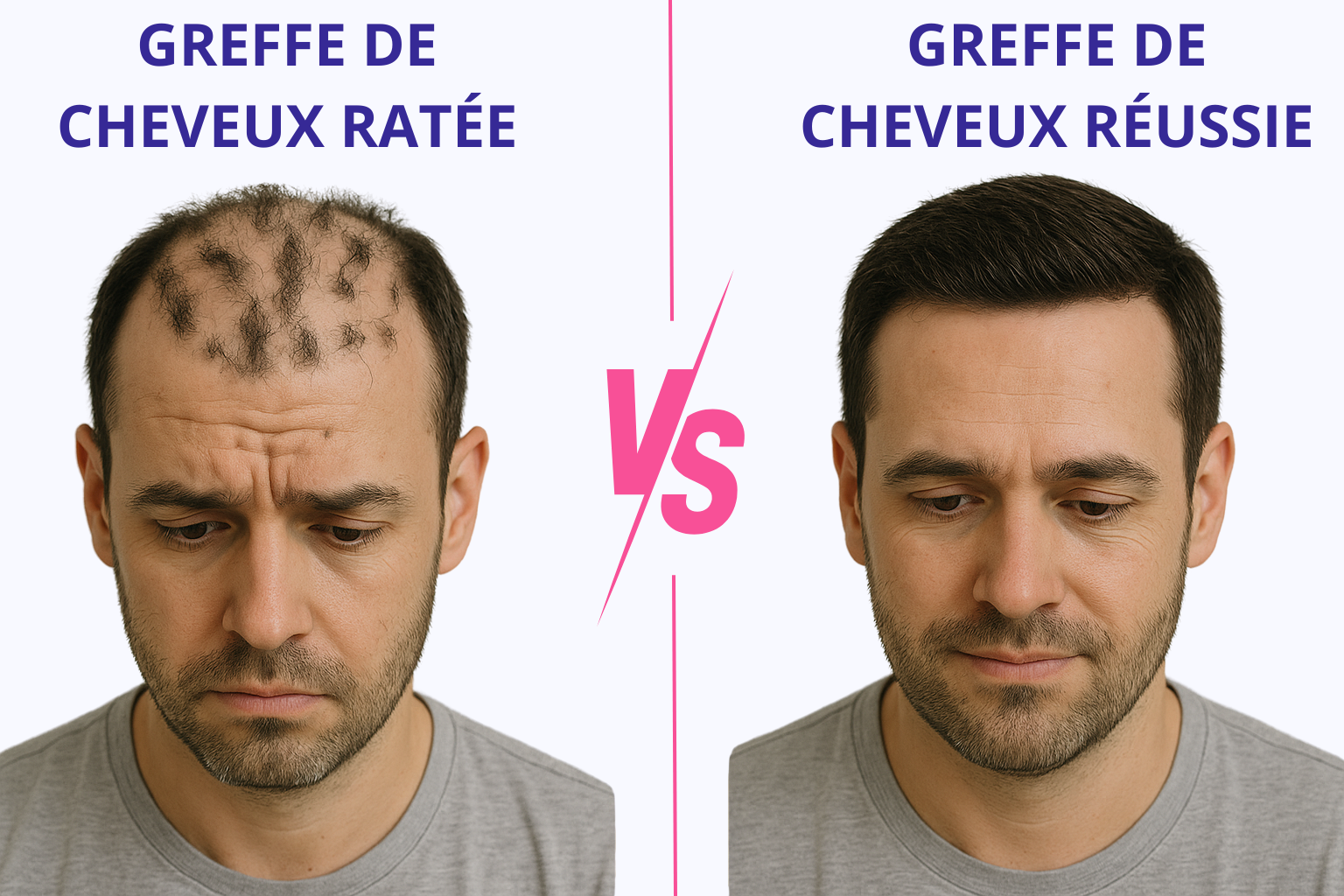
What are the main causes of a failed transplant?

Choosing a non-certified clinic
Some low-cost clinics do not follow medical standards. This can lead to poor implantation and disappointing results.
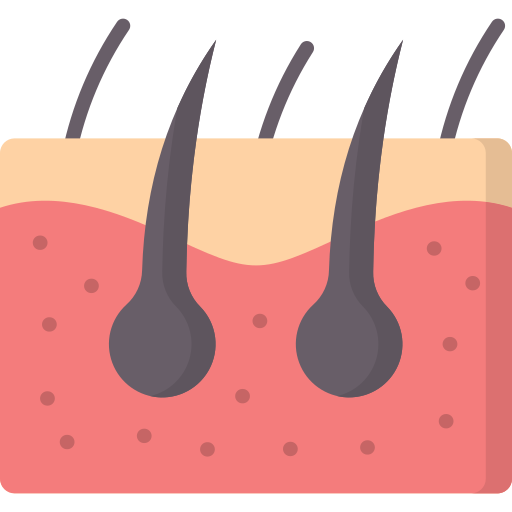
A poor implantation technique
If the chosen method doesn't match the patient's needs, results may be disappointing. For example, poorly done FUE can result in a sparse look, while FUT can leave noticeable scarring.

Poor post-op follow-up
Failing to follow doctor’s instructions (avoid sports, hydrate the scalp, don’t rub the grafted area) can compromise regrowth.
What solutions are available to fix a failed hair transplant?
A corrective transplant
- ✔️ Adding new grafts to improve density.
- ✔️ Re-implantation of poorly placed hairs for a more natural result.
- ✔️ Using FUE or DHI techniques to conceal a FUT scar.
Complementary treatments
- ✔️ PRP (Platelet-Rich Plasma): Stimulates regrowth of weak hair.
- ✔️ Minoxidil and Finasteride: Slow down hair loss and promote growth of existing hair.
- ✔️ Micropigmentation: Helps mask sparse areas by simulating shaved hair.
Conclusion: A failed result is not final
A failed hair transplant can be corrected with a new procedure, appropriate care, or complementary treatments. Choosing a reliable clinic from the start is essential to avoid such complications. With these tips, you have all the keys in hand to avoid or fix an unsatisfactory transplant! 🚀
Failed Hair Transplant
FAQ
It is recommended to wait 9 to 12 months after the first transplant to evaluate the final result before considering a correction.
Yes, a corrective transplant using the DHI technique can redesign a hairline that is too artificial or asymmetrical.
In most cases, yes, but it depends on the condition of the scalp and the availability of the donor area.
- ✔️ Choose a certified clinic with good reviews.
- ✔️ Choose a specialized and experienced surgeon.
- ✔️ Follow post-operative instructions carefully.
Recent posts

